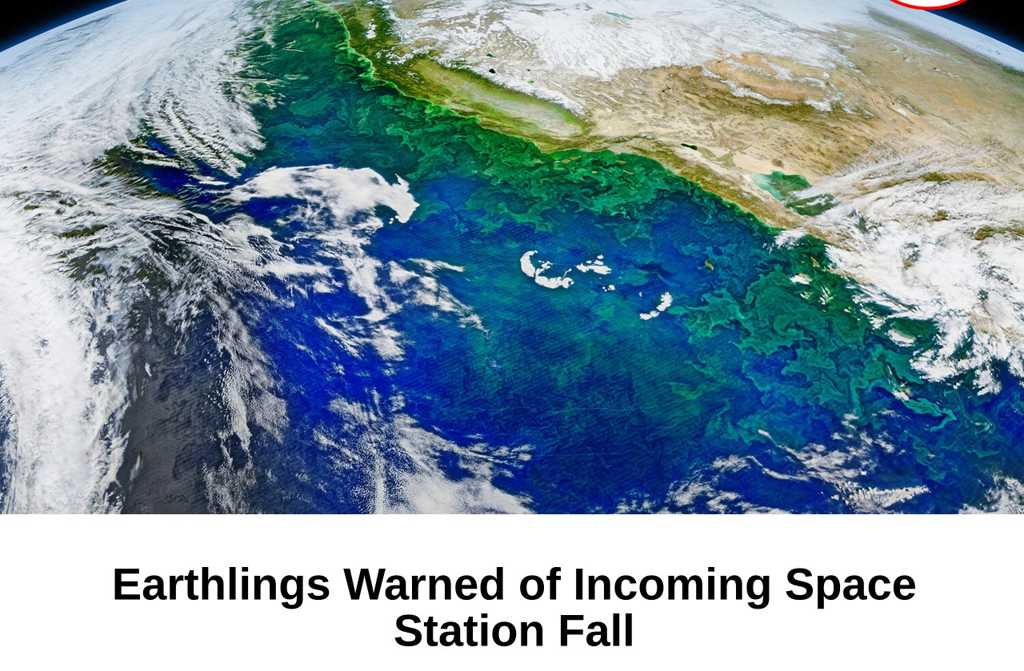The decommissioned Soviet automated interplanetary station “Kosmos-482” could crash to Earth between May 7 and 13, according to astronomer Jonathan McDowell in his blog.
He estimates that the object, roughly the size of a car, “has a good chance of surviving atmospheric re-entry and reaching the planet’s surface.”
“In that case, I’d expect the odds of it hitting someone to be about one in several thousand,” the scientist cautioned.
Launched by the USSR in March 1972, the “Kosmos-482” probe was intended to gather data from the harsh surface of Venus. However, due to a malfunction in one of its rocket boosters, the spacecraft remained stranded in Earth’s orbit.
On April 27, reports emerged that an international team of scientists from the Harvard-Smithsonian Center for Astrophysics in the U.S. made an unexpected discovery—they identified a planet twice the size of Earth yet orbiting at a distance greater than that from the Sun to Saturn (over 1.35 billion km). The newly found exoplanet belongs to the “super-Earth” class—planets with masses between Earth and Neptune.
Earlier, researchers determined that planets similar to Earth may orbit roughly one in every 300 Sun-like stars.


Leave a Reply